Virtually explore the Musée d'Orsay with Smarthistory as your guide
Some background
videos + essays
Link to the Musée d'Orsay's website
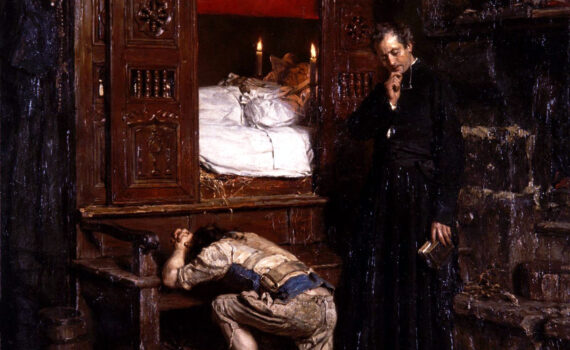
Henry Mosler, Le Retour
Tightly rendered in a dark palette, Le Retour reimagines a traditional New Testament subject in the picturesque French province of Brittany.
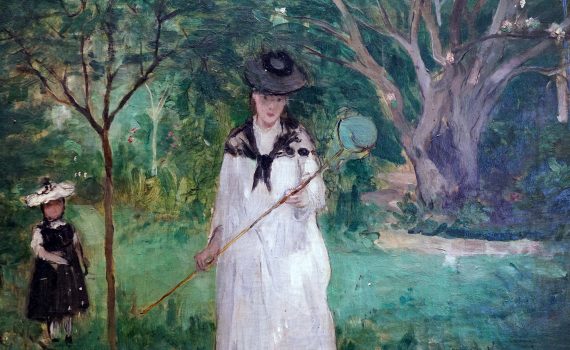
A summer day in Paris: Berthe Morisot’s Hunting Butterflies
The subject takes control over the outdoor setting, expressing her independence in spite of limitations.
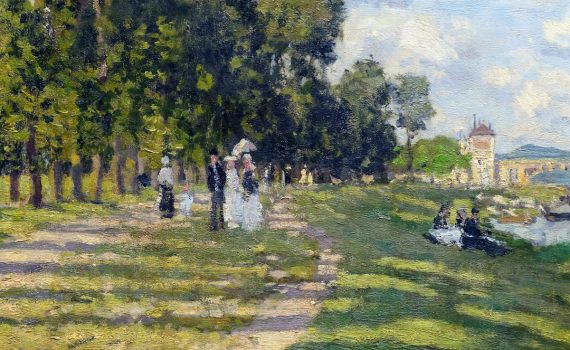
How to recognize Monet: The Basin at Argenteuil
In the suburbs, Parisians escaped the pressures of modern life. Monet painted their sun-drenched pleasures.
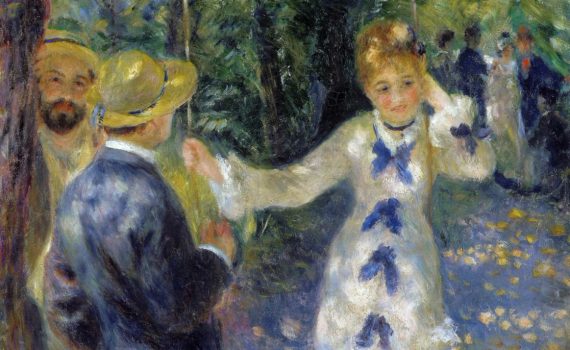
How to recognize Renoir: The Swing
Renoir wanted to forget everything he knew about how to paint so that he could render light as it really is.
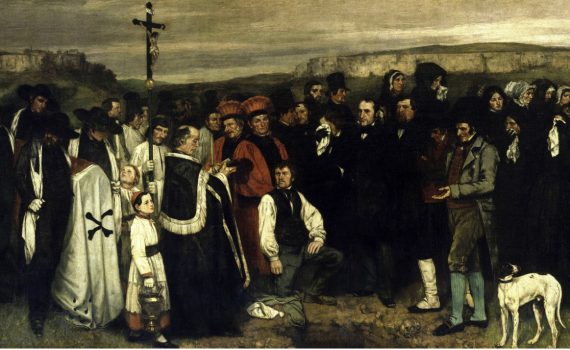
Gustave Courbet, A Burial at Ornans
They wanted an epic Biblical image, or one from a Greek myth. He gave them a painting of a modern-day funeral.
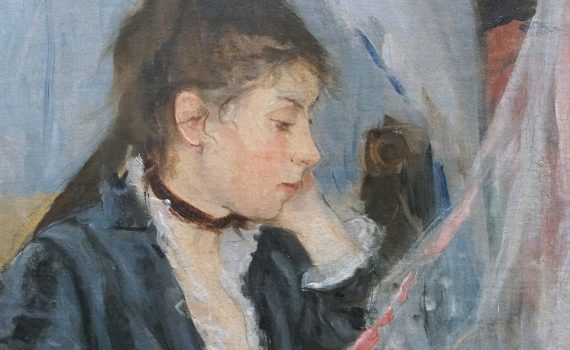
Berthe Morisot, The Cradle
Lacking access to the cafes and bars male Impressionists painted, Morisot mastered intimate domestic interiors.
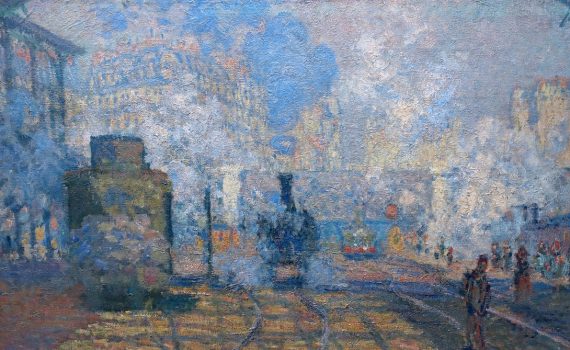
Claude Monet, The Gare Saint-Lazare
Hazy with smoke, the architecture of the train station and technology of the iron engine dissolve before our eyes.
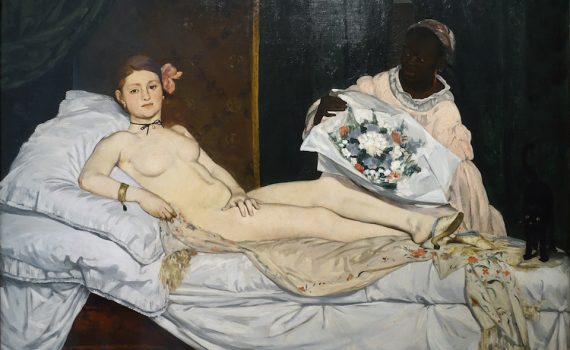
Édouard Manet, Olympia
Manet decided to replace the idealized female nude with the image of a known prostitute. It didn’t go so well.
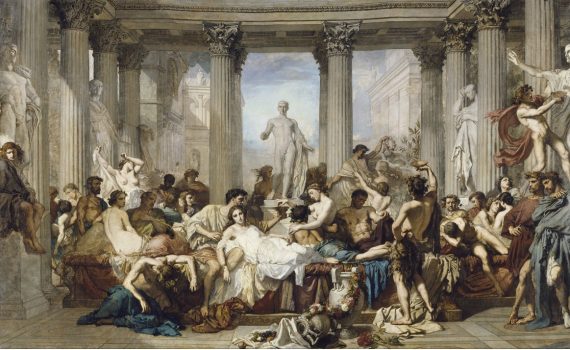
Thomas Couture, Romans of the Decadence
Like other academic artists, Couture draws a subject from ancient Rome, but chooses decadence, not heroism.
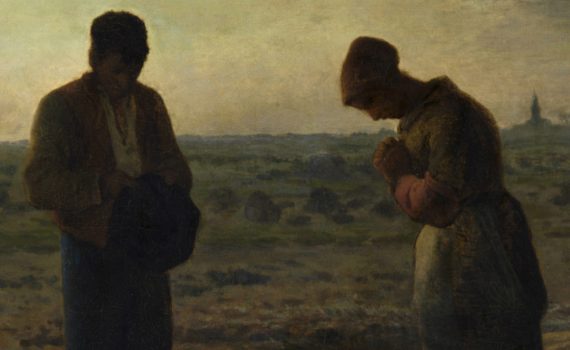
Jean-François Millet, L’Angélus
This sentimental scene of a quiet moment of prayer in the fields reflects a nostalgia for religion in modern France.
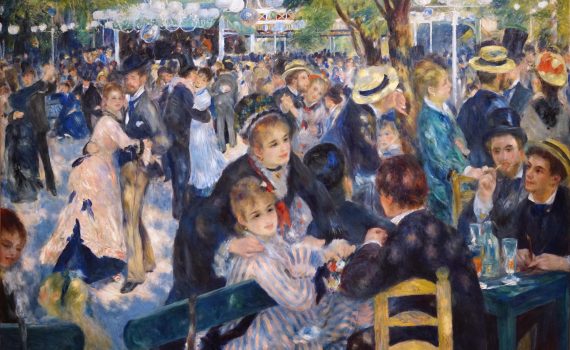
Auguste Renoir, Moulin de la Galette
Like a snapshot, Renoir’s flirtatious, social scene seems to represent a caught moment in time.
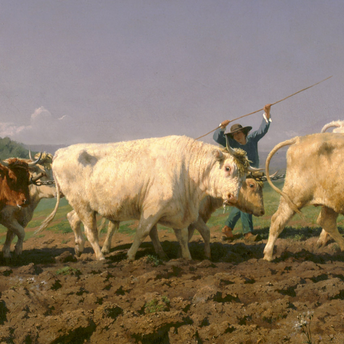
Rosa Bonheur, Plowing in the Nivernais (or The First Dressing)
Rosa Bonheur defies the patriarchy, one masterfully painted ox at a time.

